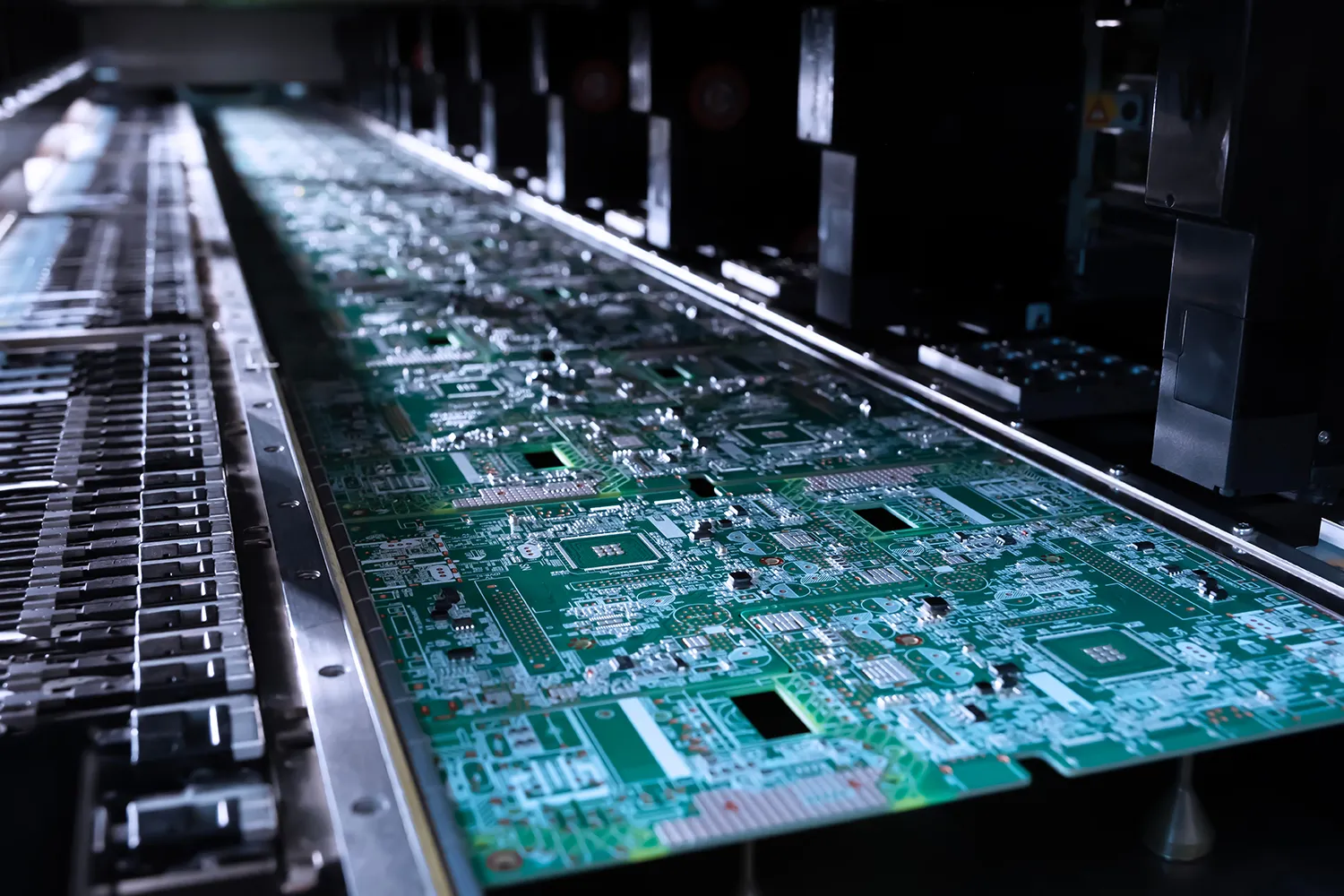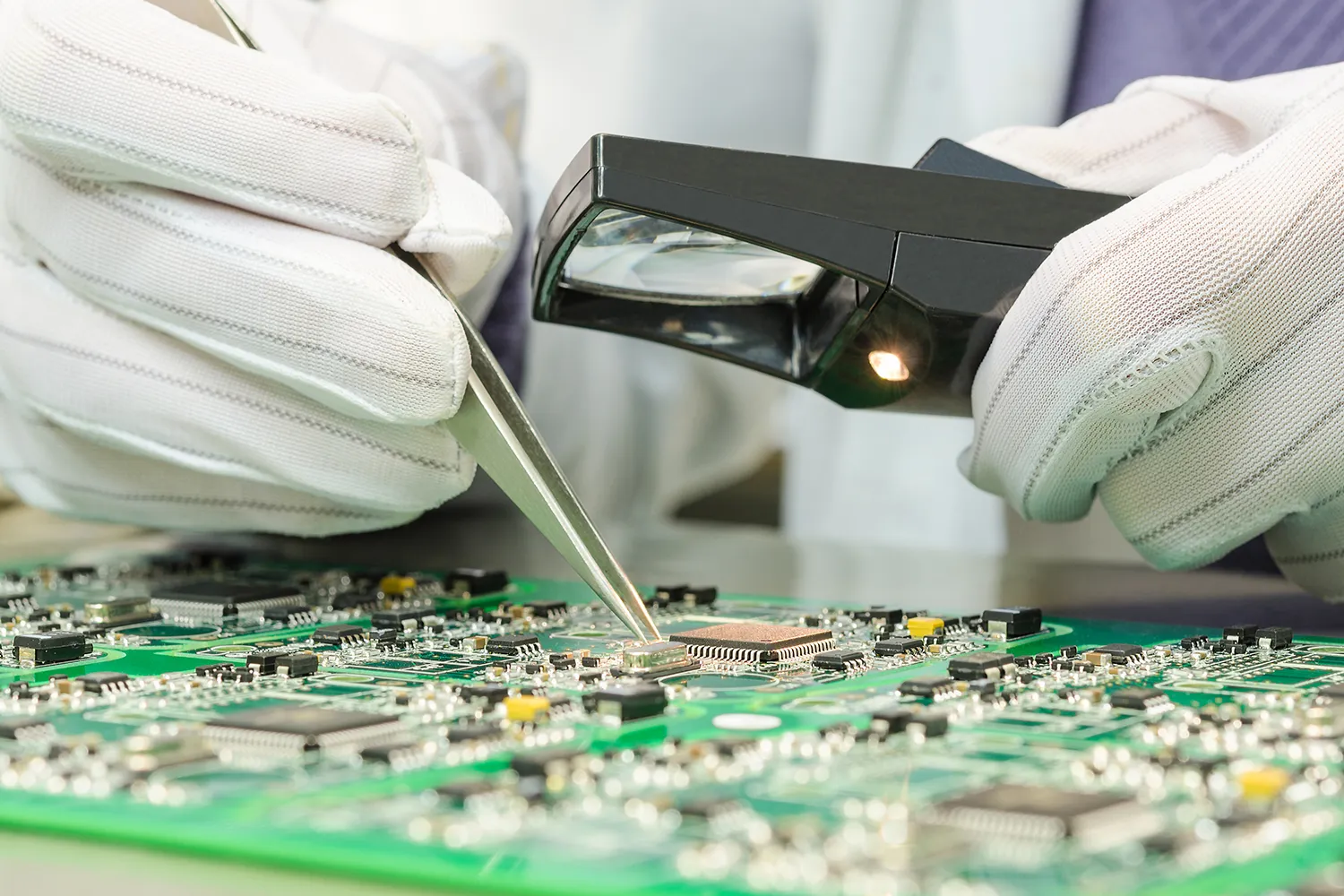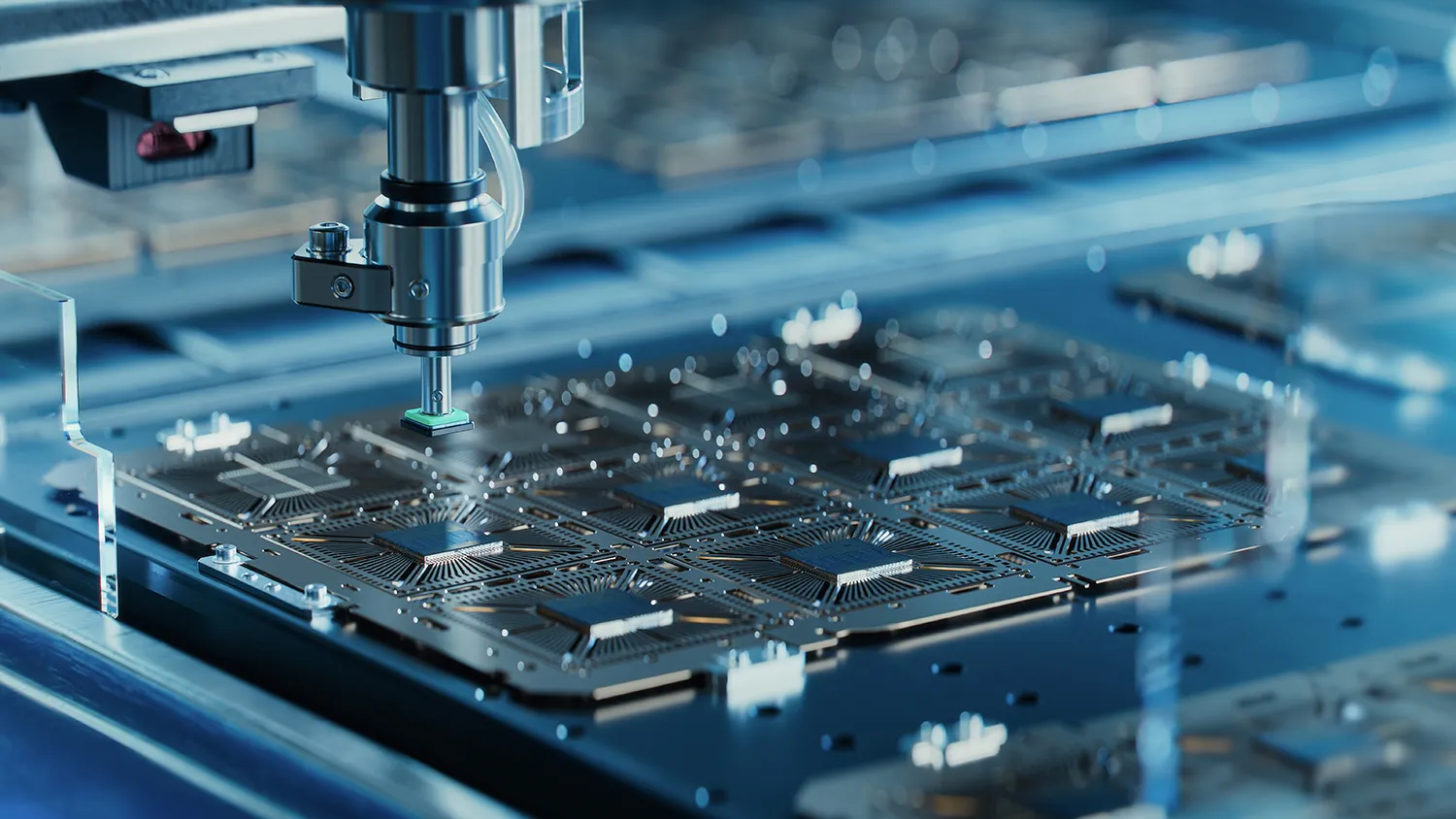Paying for Tech Sovereignty: Russia Ramps Up Domestic PCB Production

Russia is investing heavily in full-cycle PCB manufacturing, aiming to double output by 2030 and position itself as a key player in the global electronics market.
Full-Cycle Plant Breaks Ground
In fall 2025, Russia will begin construction on a new full-cycle printed circuit board (PCB) manufacturing facility in Vologda Oblast. Initial investment is set at $62.8 million, with the site expected to produce between 10,000 and 15,000 square meters of PCBs per month.
The facility will support fourth-class boards for high-performance computing, server systems, telecom, and medical diagnostic equipment. Plans also include HDI boards for compact electronics and a chip packaging line. By 2030, Russia aims to more than double annual PCB output to 12 million dm².
Catching Up in a Critical Sector
Until recently, Russia’s domestic PCB production was limited. The country’s top manufacturers produced only a fraction of national demand—just 18% of internal consumption.

This is changing. Driven by sanctions and a push for technological independence, companies are scaling up quickly. In November 2023, ICL opened a new factory capable of producing up to 1 million motherboards annually. This facility includes SMT lines, computing hardware assembly, and a dedicated testing lab.
Other players are stepping in. Itelma plans to launch high-volume contract manufacturing of 6-class, 18-layer boards in 2026, producing up to 150,000 square meters per year. Roughly half will serve its automotive electronics division, with the rest entering the open market.
Aquarius, GS Group, and Rosatom are also partnering to build a PCB plant targeting mobile devices and medical hardware. By 2028, several Russian companies will mass-produce 5th to 7th-tier PCBs for servers, PCs, and smartphones. By 2030, the sector aims to use only domestically made PCBs.

Localized Equipment for PCB Assembly
Russia isn’t just making boards—it’s building the machines to assemble them. In July, Expert Group began serial production of the PiPlacer8, an automatic SMD component placer capable of 15,000 components per hour with ±35μm placement accuracy. The system includes vision-based error control and integrates with both Russian and international MES/ERP software.
In early 2024, Besh-Tau and RostInTech launched Besh-Tau Technologies to manufacture PCB production lines using locally sourced materials. The team is currently filing patents for rigid PCB assembly line technologies.
This local ecosystem is a response to supply chain disruptions. It opens opportunities for adjacent industries—from electronics and module integration to testing labs and product design services. The government plans to prioritize Russian PCBs in defense, infrastructure, and state procurement contracts.

Toward a Competitive Domestic Electronics Sector
The shift from foreign-made to fully localized PCB supply chains is expected to lower technological entry barriers for data centers, network equipment, and high-tech manufacturing. Co-investment models and deeper industrial cooperation could drive rapid growth.
With strong government support—including tax incentives, direct investment, and workforce training—Russia could emerge as a notable PCB producer within 3–5 years. Target export markets include CIS countries with aligned technical standards and similar demand profiles.
The result would be not just technological sovereignty, but job creation, digital infrastructure growth, and improved national security in critical industries.










































